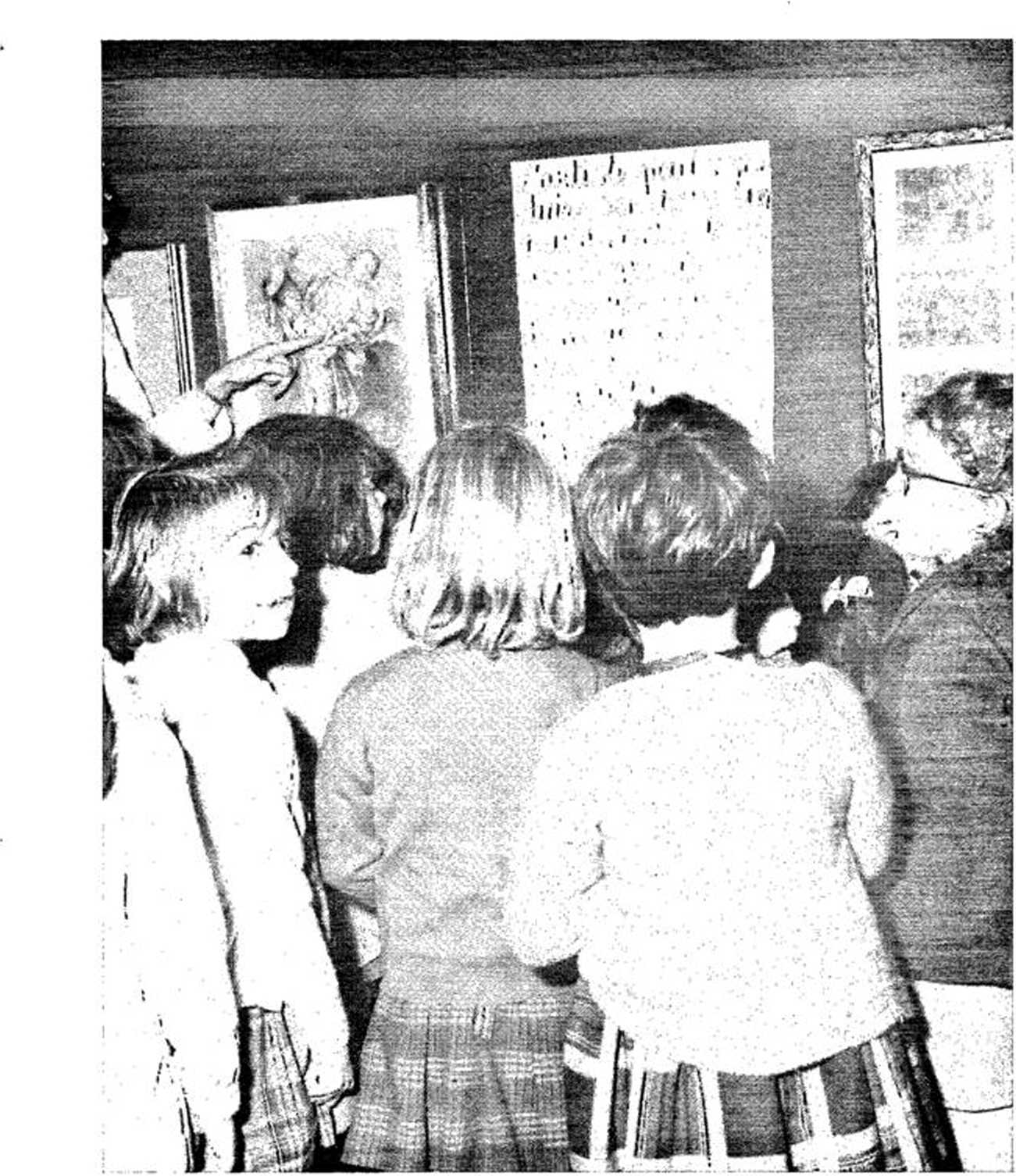5134939236

20. Musźe des enfants, Palais dc Longchamp, Marseillc. Texts ate provided to help the childrcn; the works are at their eye levcl.
20. Des textes guident les enfants, les ceuvres sont au nivcau de leurs yeux.
as possible and understand that the museunTs function is to bring these works to him.
G/dded risits. The attendants are cheerful, and avoid scolding. “Don’t say ‘DonM:’” is the rule. Every afternoon, from 2 to 5, cight supervisors are in attendance, most of whom are students at the Marseille-Luminy School of Fine Arts, who are given additional cducational training at the museum.
They are friendly, and characterized by a love of children and the pleasure they take in arousing the children’s appreciation, tcaching them how to see and letting them dream. Discovering techniques becomes a gamę, in wliich the children eargerly seek new words for their discoverics, and it must be remembered that their memory ab-sorbs facts iike blotting-paper. It would be interesting to make a systematic study of what they remember after two or three months, and take the same classes again.
Active teaching methods are used in the guided visits. When the work has bcen described, the children are questioned, so that they must attend and try to find the right answer. The vocabulary used is simple and graphic, and new words are repeated during the three-quarters of an hour that the visit lasts. It is important that all children should answer and that there should be no “perfect little visitor” who detracts attention from the rest of the group. The supervisor must remain impartial, for children, wishing to attract attention, often try to give an answer that will please the adult, rather than say what they think.
We have had to overcome two difficulties. Firstly, the older children look down on the younger ones when they meet in the museum; they do not want to listen to the
227
Wyszukiwarka
Podobne podstrony:
21. Musee des enfants, Palais dc Longchamp, Marscillc. The expIanation of sculptures begins wit
3 Transport laktozy(1) Oxidative Figurę 20-29 Kinctic mechanism of Iactose pernicase in /:. coli. H
20. En France, Anna a) voudrait aider la mere des enfants gratuitement. b)
21b LE LAC DES CYGNES tk% m.n««wukfł 20 cm KOtRMTl RKS: 30 * dc Cdbtlia DMC. Art. 167. n* lO.doot 15
2j. Musee des enfants. Pal ais de Longchamp, Marscille. Drawings of busts and full-length portr
20 Journal des Trtbunaux !Vlixtes. construitc en moellons, d’une superficie dc 318 in. 50 cm., compo
page0037 Esaii et Jaeob. Q,uand Isaac eut epouse Rebecca, il pria Dieu de liii enyoyer des enfants.
■ Afin que des enfants repetent ce qu‘ils ont appris a 1‘ecole, aussi a la maison, un petit devoir c
14 premierę dc I’Europę, ct composćc particulićremcnt des meillcurcs voix dc PItalie ”31. Liczne
L ’instruction des enfants catholiąues et protestants 39 lorsqu’il rćdige les
L ’instruction des enfants catholiąues et protestants 41 paiement du ministre de l
Vinstruction des enfants catholiąues et protestants 43 creation des seminaires, il
L ’instruction des enfants catholiqu.es et protestants 45 est cTailleurs rappelee
L ’instruction des enfants catholiqu.es et protestants 47 cTapres les charges consulaires de Bourret
L Hnstruction des enfants catholiąues et protestants 49 D’autres ordres religieux fóminins ont vocat
56 56 .. . Peralta, M.M. de. 12xpose des droits tcrritoriaux dc la Rćpubliąuc dc Costa-Rica. Pa
Afćrwes aiocesaines de - 20 — hien des A nieś. la tache <jue la Providence leur y con-fiait, il y
a) IPinscription des enfants dans les ecoles publiques necessite la production d’a
więcej podobnych podstron